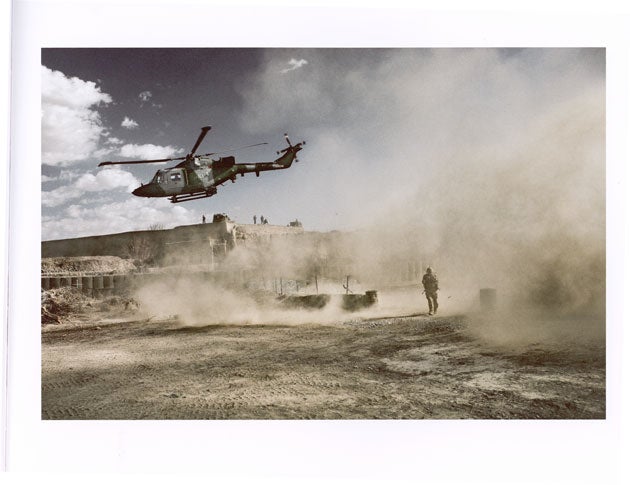Pick of the picture books: Helmand

Your support helps us to tell the story
From reproductive rights to climate change to Big Tech, The Independent is on the ground when the story is developing. Whether it's investigating the financials of Elon Musk's pro-Trump PAC or producing our latest documentary, 'The A Word', which shines a light on the American women fighting for reproductive rights, we know how important it is to parse out the facts from the messaging.
At such a critical moment in US history, we need reporters on the ground. Your donation allows us to keep sending journalists to speak to both sides of the story.
The Independent is trusted by Americans across the entire political spectrum. And unlike many other quality news outlets, we choose not to lock Americans out of our reporting and analysis with paywalls. We believe quality journalism should be available to everyone, paid for by those who can afford it.
Your support makes all the difference.Born amid the mud and misery of the Western Front trenches, the curious British tradition of the official "war artist" has now yielded almost a century's harvest of sobering, disturbing and often hauntingly beautiful works snatched from places of death and destruction. In recent decades the lens as well as the brush or pencil has enriched this heritage.
Earlier this year, as his force's tour of duty in Helmand, Afghanistan was reaching its end, Brigadier Andrew Mackay of the 52 Brigade asked photographer Robert Wilson to record their lives, and those of the people among whom they lived – and fought. Best known for ad campaigns on behalf of brands such as Nike, Wilson in Helmand (Jonathan Cape, £30) chooses an altogether different style. Often grand and formal, monumental even in the soldiers' mess, refugee camp or town bazaar, Wilson's portraits and landscapes capture (in Mackay's words) "the conflict eco-system" of a counter-insurgency. "The effects are etched onto rock, desert, clothing and faces." He adds that "I could not have asked more of a war artist". Just as images by Nevinson or Nash outlive quarrels over the war they witnessed, so will Wilson's. Right: the base at Musa Kala.
Join our commenting forum
Join thought-provoking conversations, follow other Independent readers and see their replies
Comments